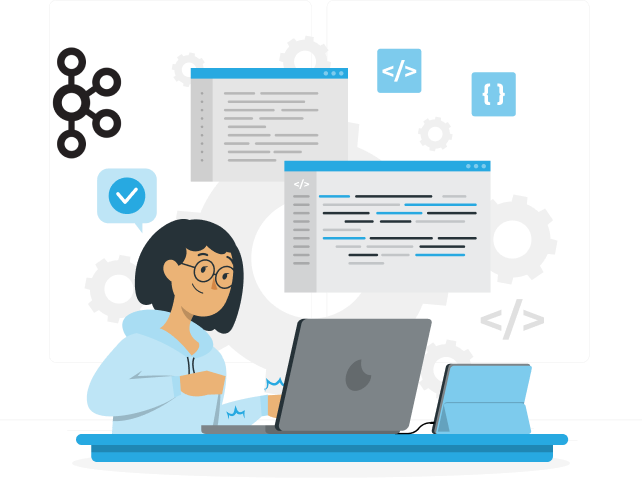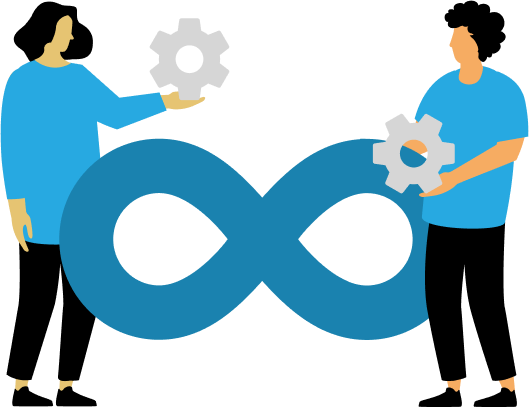While associating with any software development company, one of the important things that you’ll have to ponder upon is the pricing model you want to choose for your project. There are primarily three types of models used in the industry namely, the Fixed Price Model for fixed-priced projects, the Time & Material based Pricing Model, and Milestone based Pricing Model.
The fixed price model might look simple but the impracticality of it in various aspects is leading it towards obsolescence. While the other two models are proportional to the quantity of work necessary, the fixed pricing model requires a predetermined fee for the entire project and offers little or no space for flexibility. The fixed price model is thus more suitable for smaller projects with definite feature requirements or for MVPs.
Let’s discuss further why the fixed price model is unsuitable for large projects with diverse requirements.
Fixed Priced Projects Need Pre-determined Requirements

The fixed cost model has the pre-requisite of providing thorough details of the tasks which the software company needs to achieve on the entire project. This means that the client needs to know in detail about every aspect that he wants to inculcate in the project. This might sound simple but practically can be highly disadvantageous for a client who is not sure of every single detail.
Fixed Priced Projects Has No Room For Improvisation
Once the fixed pricing model contract is signed, there is little scope left for improvisation in the project. Adding additional features or removing aspects already worked upon requires flexibility that this model lacks. Adding these possibilities to the project, later on, might result in cost inefficiencies and other inconveniences for the client.
Fixed Priced Projects Needs Rigorous Planning for Uncertain Aspects
Even for the outsourced software development firm, the fixed price model might result in certain problems. When it comes to software development, there are many aspects that the client might fail to notice. However, missing out on those uncertain aspects might create a lot of last-minute issues for the developers in the project cycle. Figuring out what those aspects might be in advance is a challenge and the exercise might turn out to be fruitless due to future uncertainties.
These shortcomings make the fixed price model unsuitable for large and lengthy projects. Using it for short and precise assignments is still a good option though. Choosing the right pricing model for your contract is crucial to avoid future issues of services and payments. The solution for enormous projects that go on for years is to choose between the other two pricing models.
The Time and Material Pricing Model

This model is more suitable when you are not clear about the future requirements you might need in the project as well as want flexibility in the terms of services.
The Milestone Model
This model is also an option when the project is lengthy and you prefer the outsourcing company to reach certain milestones set by you. This ensures that you only pay for the services that you use, and it also minimizes a lot of risks. The milestone model, on the other hand, is recommended once you’ve figured out the majority of your project’s requirements.
Hope this information helps you in determining the right pricing model for your future projects and aids in achieving higher feats in collaborative work with your outsourced tech company.
More on this subject here. To know what to look for while choosing an outsourcing partner, click here. To know more about the services we offer, go to the Ajackus Services page.

Start a Project with Ajackus











































































